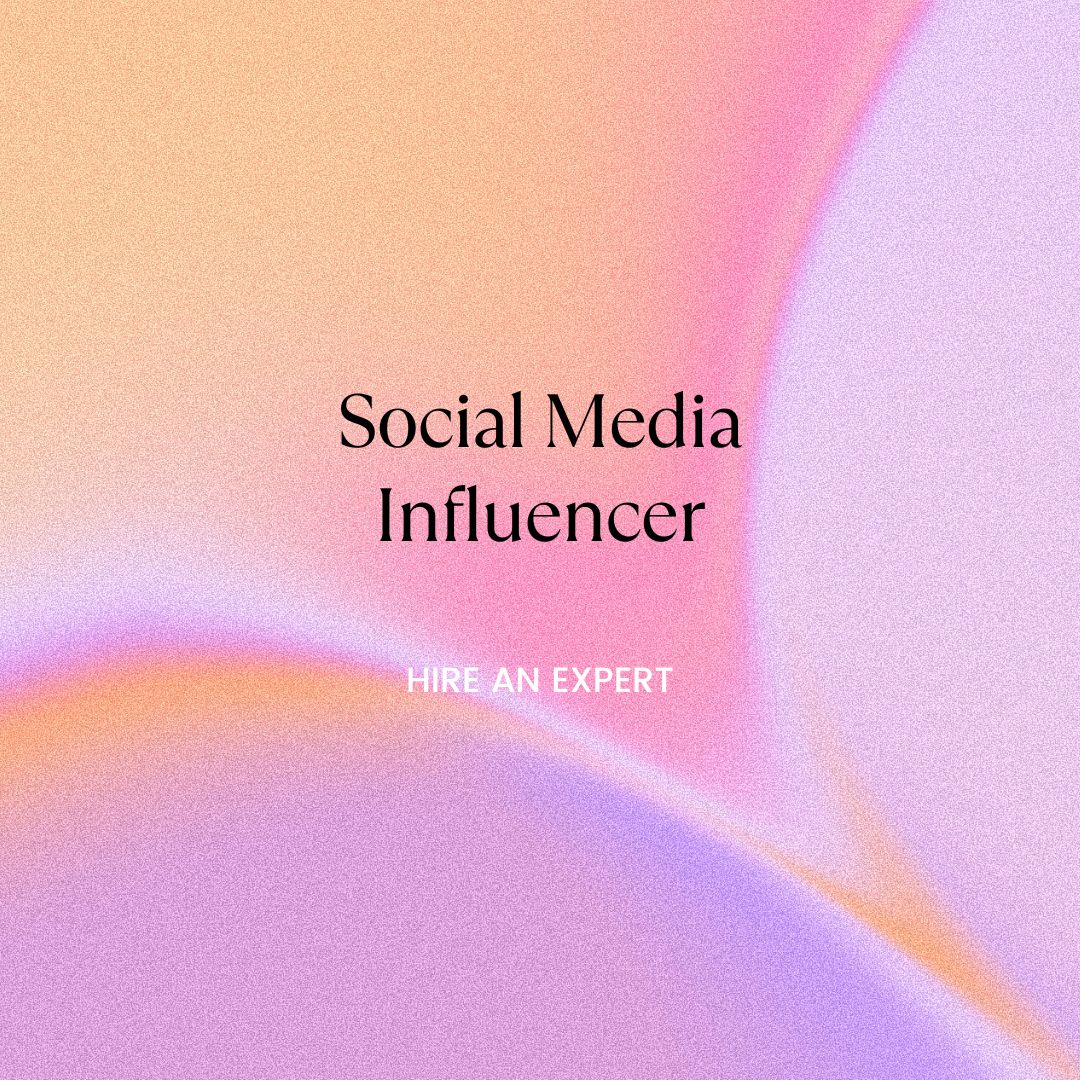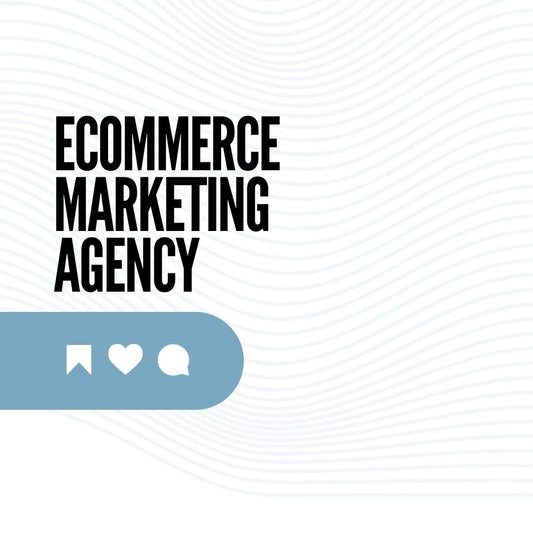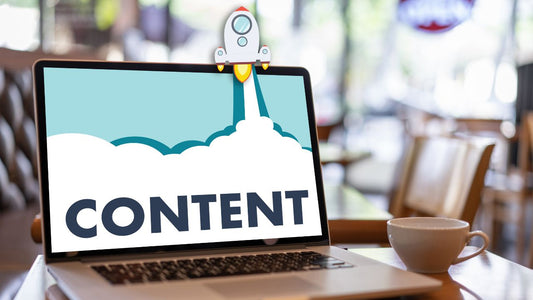
Social Media Influencer
Understanding the Phenomenon
A social media influencer is an individual who has built a substantial following and credibility within a specific niche on social platforms. Their influence comes from the trust and rapport they have developed with their audience. This relationship enables them to sway their followers' perceptions, opinions, and purchasing behaviors.
Types of Influencers
Mega-Influencers:
Typically celebrities with millions of followers, they offer unparalleled reach. However, their engagement rates might not be as high compared to those with smaller followings.
Macro-Influencers:
They fall right below celebrities, with follower counts ranging from 100,000 to a million. They usually have a broader topic of interest and a more diversified audience.
Micro-Influencers:
With followers between 10,000 and 100,000, micro-influencers often focus on a specific niche or area of interest. They tend to have a more intimate connection with their audience, resulting in higher engagement rates.
Nano-Influencers:
These are everyday individuals with fewer than 10,000 followers. Their influence is potent within their tight-knit community or local area.
The Power of Influencer Marketing
Brands are increasingly tapping into the potential of influencer marketing for several reasons:
Authentic Promotion:
Influencers often integrate products or services into their regular content, making promotions seem organic and genuine.
Targeted Outreach:
Brands can select influencers that closely align with their target demographics, ensuring that promotional efforts resonate with the intended audience.
Trust and Credibility:
Recommendations from a trusted figure can carry more weight than traditional advertisements, leading to increased conversion rates.
Diverse Content Creation:
Influencers, being content creators, bring a unique flair to promotions, creating engaging and varied content that resonates with their followers.
Challenges in Influencer Marketing
While the advantages are evident, there are challenges that brands must navigate:
Finding the Right Fit:
It's crucial to partner with influencers whose values align with the brand. A mismatch can lead to ineffective campaigns or potential backlash.
Over Saturation:
As more influencers saturate the market, there's a risk of audiences becoming desensitized to sponsored content.
ROI Measurement:
It can be challenging to measure the exact return on investment from influencer campaigns, especially when objectives are related to brand awareness or perception.
Changing Algorithms:
Social media platforms continually adjust their algorithms, affecting content visibility. Brands and influencers must stay updated to ensure content reaches its intended audience.
Evolving Trends
The influencer landscape is continually evolving. Some current trends include:
Rise of Video Content:
Platforms like TikTok are witnessing explosive growth, with video content becoming a dominant form of engagement.
Shift towards Micro and Nano Influencers:
Brands are recognizing the value of deeper engagement and authentic connections, even if it means sacrificing broader reach.
Long-Term Partnerships:
Instead of one-off promotions, brands are forging long-term relationships with influencers, leading to more cohesive and effective campaigns.
Focus on Values and Authenticity:
Audiences are becoming more discerning. Influencers and brands are thus prioritizing genuine connections, authenticity, and shared values over pure promotional content.
In the dynamic realm of digital marketing, the role of the social media influencer stands out as a game-changer. Their ability to connect, engage, and influence offers brands an invaluable tool in the modern promotional toolkit. As the landscape evolves, those who can adapt, innovate, and remain authentic will continue to thrive.















